From The Dodo To The Dire Wolf: 14 Extinct Animals That Still Haunt Us
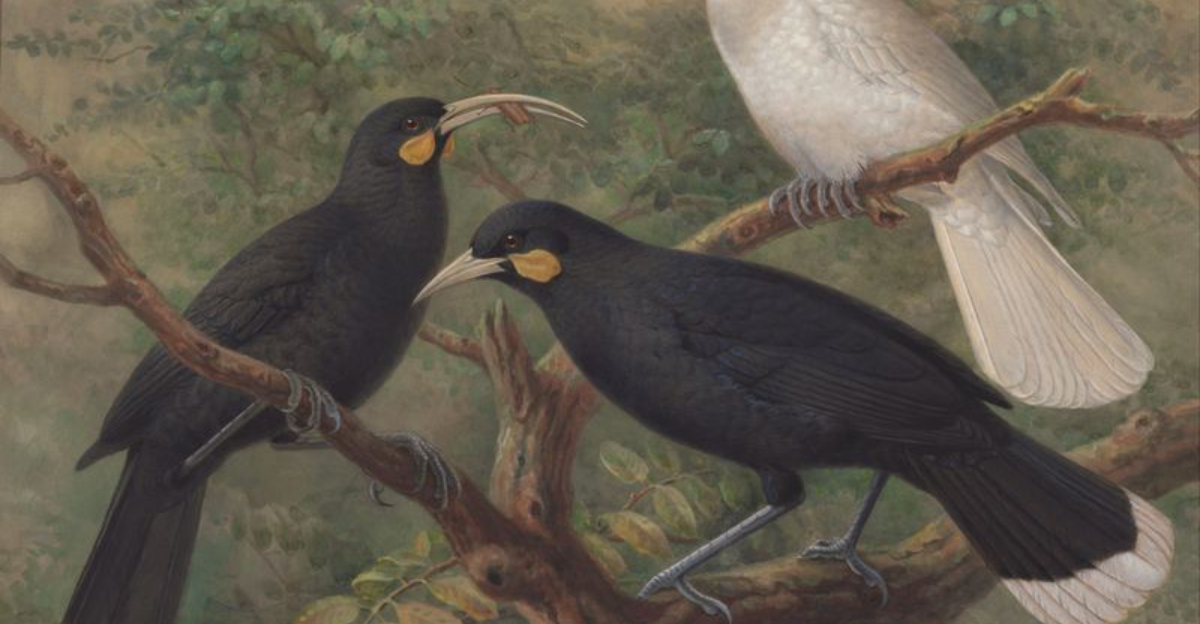
Imagine walking alongside creatures that no longer exist on Earth. Throughout history, many remarkable animals have vanished forever due to hunting, habitat loss, or natural disasters.
Their stories continue to fascinate us, serving as powerful reminders of our impact on the natural world and what we’ve lost forever.
1. The Innocent Dodo
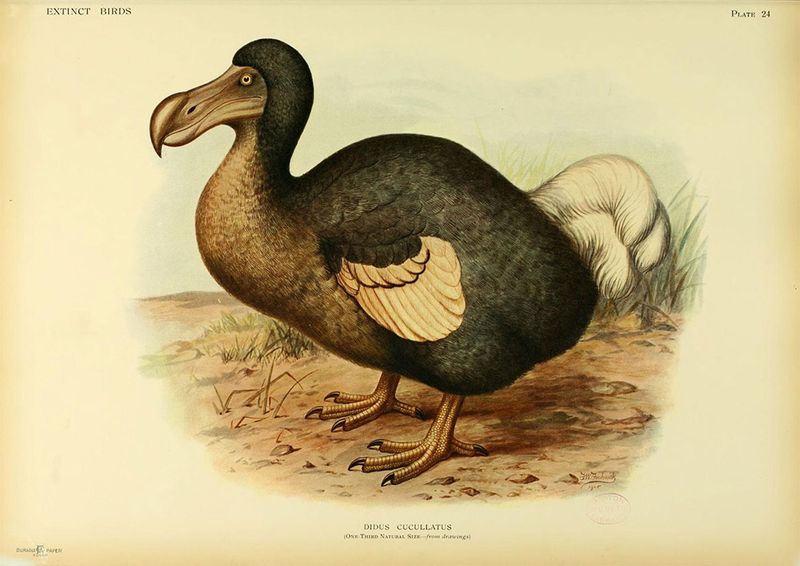
Sailors arriving on Mauritius in the late 1500s couldn’t believe their eyes. These plump, flightless birds waddled right up to them without fear, having evolved without natural predators.
Their trusting nature led to their downfall. Within just 80 years of human contact, dodos were wiped out—becoming the poster child for human-caused extinction.
2. Saber-Toothed Tigers: Prehistoric Predators
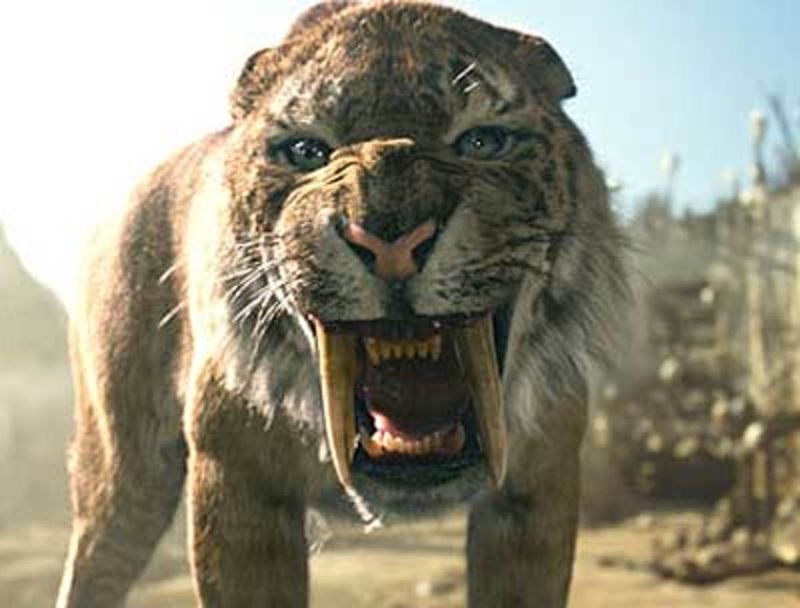
Forget everything modern lions can do—these Ice Age hunters had curved teeth nearly 7 inches long! Roaming the Americas until about 10,000 years ago, they used those impressive canines to take down massive prey.
Scientists believe they hunted in packs, using ambush tactics to overcome animals much larger than themselves.
3. Towering Terror: The Moa
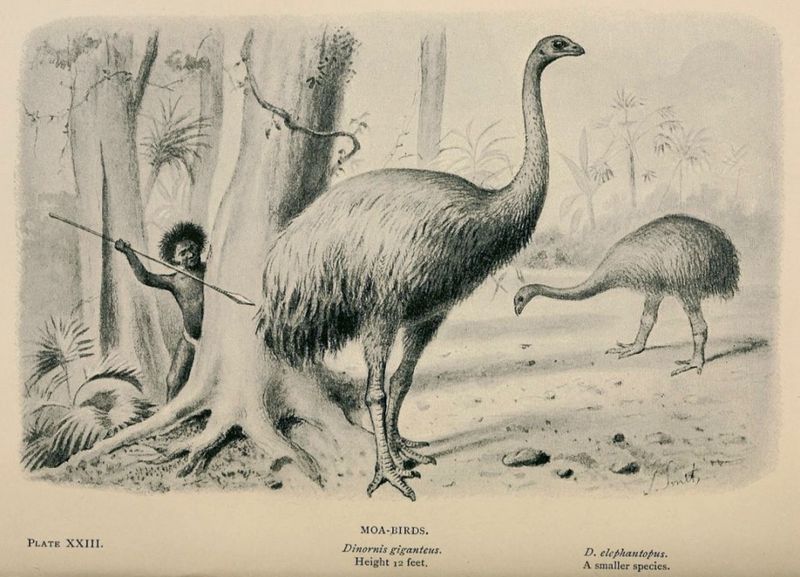
Standing up to 12 feet tall, these giant flightless birds dominated New Zealand’s landscape for thousands of years. Lacking any mammalian predators, they evolved into peaceful plant-eaters that could reach fruit high in the trees.
When Māori settlers arrived around 1300 CE, moas became prized hunting targets. Within a century, all nine species disappeared forever.
4. Woolly Mammoths: Ice Age Giants
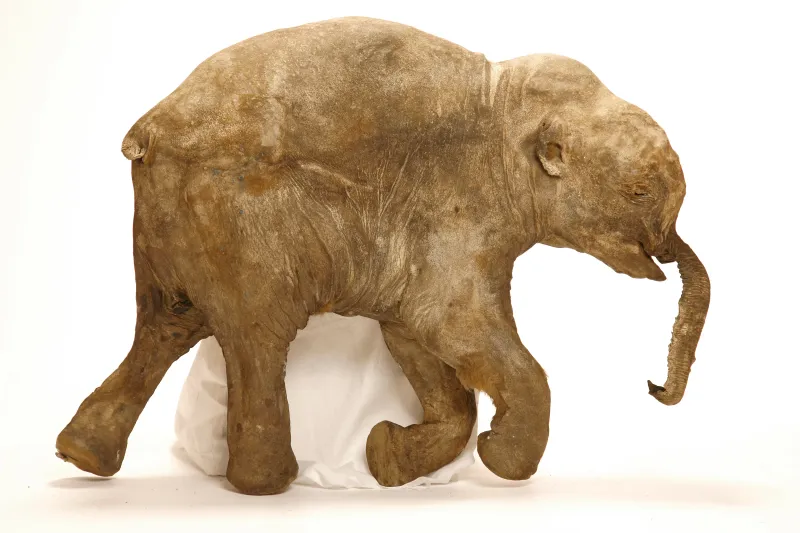
Wrapped in coats of thick, shaggy hair, these elephant relatives thrived in the bitter cold of the Ice Age. Their curved tusks could grow over 15 feet long, helping them clear snow to reach vegetation.
Amazingly preserved specimens found frozen in Siberian permafrost have taught us incredible details about their lives—including their reddish-brown coloration and grass-based diet.
5. The Tasmanian Tiger’s Lonely End

Unlike true tigers, these striped marsupials could open their jaws to an incredible 120-degree angle! The last known Tasmanian tiger died in Hobart Zoo in 1936, with a keeper accidentally locking it out of its shelter on a cold night.
Haunting footage of this final specimen pacing its cage remains one of the few moving images we have of this unique animal.
6. Carolina Parakeet: America’s Lost Parrot
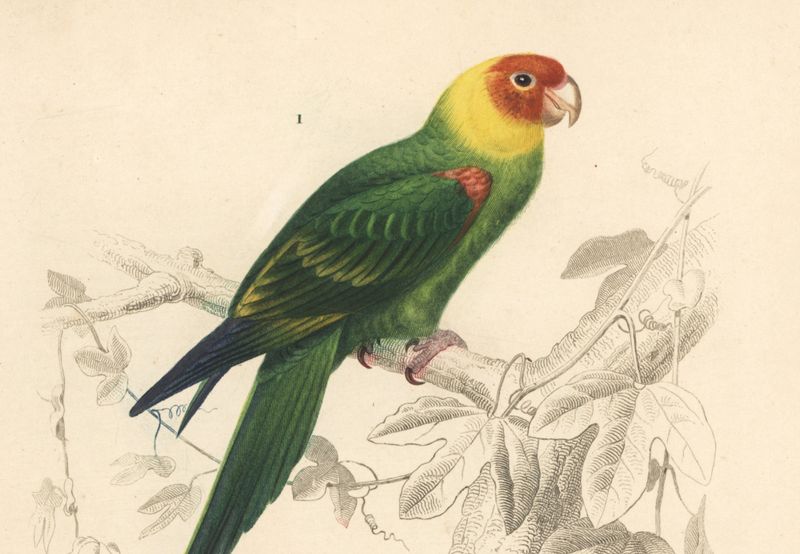
Flocks of bright green and yellow birds once filled eastern American forests with their cheerful calls. These colorful parakeets were the only parrot species native to the eastern United States.
Farmers considered them agricultural pests, while their beautiful feathers became fashionable hat decorations. The last captive bird died at Cincinnati Zoo in 1918—in the same cage where the last passenger pigeon had died four years earlier.
7. Steller’s Sea Cow: Ocean Giant
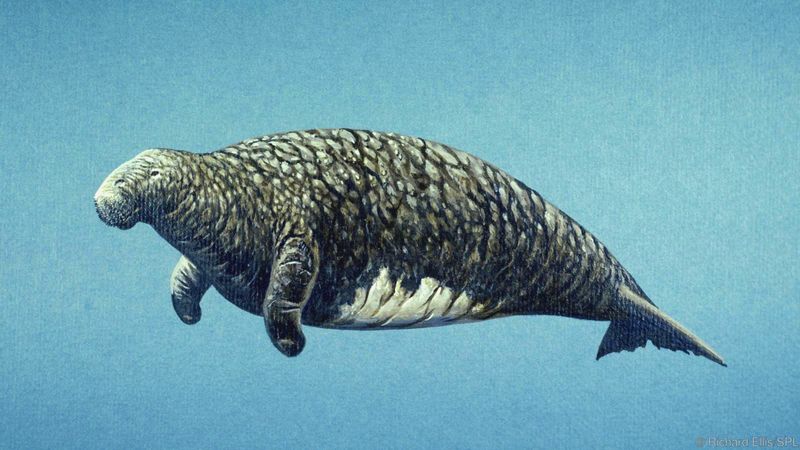
Sailors couldn’t believe their eyes when they spotted these massive marine mammals—reaching lengths of 30 feet! Related to modern manatees but much larger, these gentle giants were discovered by Europeans in 1741 in the Bering Sea.
Just 27 years later, they were extinct. Hunters found them easy targets as they floated near the surface, unable to submerge fully and too slow to escape.
8. Passenger Pigeons: From Billions to None
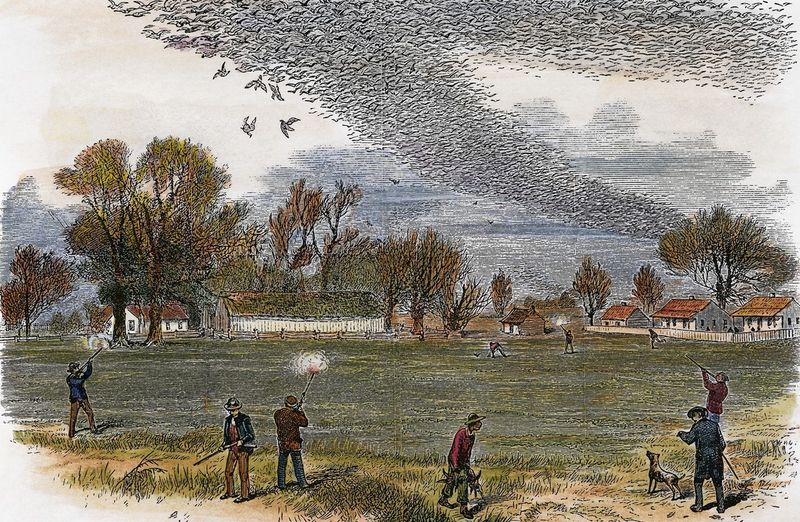
Skies would darken for days as flocks passed overhead—possibly the most abundant bird ever to exist on Earth. Eyewitnesses described migrations containing billions of birds stretching for miles.
Market hunting in the late 1800s devastated their numbers. The last wild bird was shot in 1901, and the last captive bird, Martha, died at Cincinnati Zoo in 1914, ending a species that once seemed impossible to eliminate.
9. Great Auk: The Original Penguin
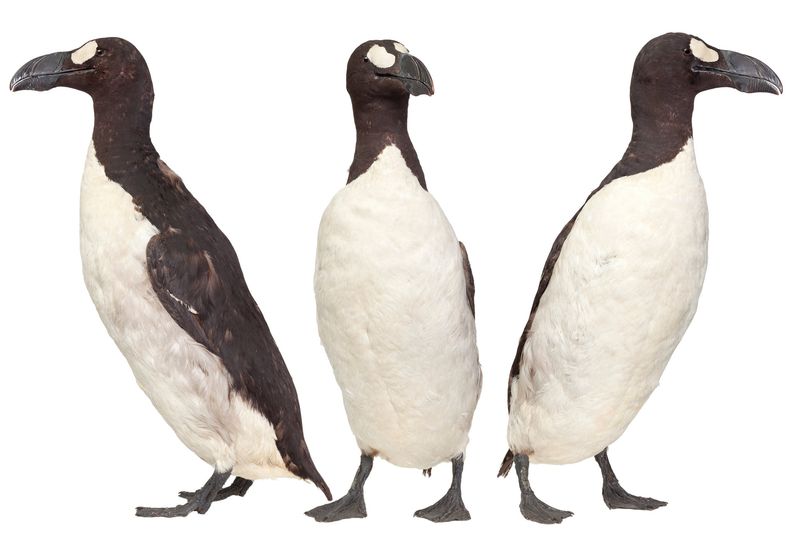
Long before explorers discovered actual penguins in the Southern Hemisphere, these flightless black and white birds dominated the North Atlantic. Standing about 3 feet tall, they were excellent swimmers but helpless on land.
The last confirmed pair was killed in 1844 when collectors strangled them and smashed their egg. Only about 80 preserved specimens and a handful of eggs remain in museums worldwide.
10. Quagga: Half-Zebra Mystery
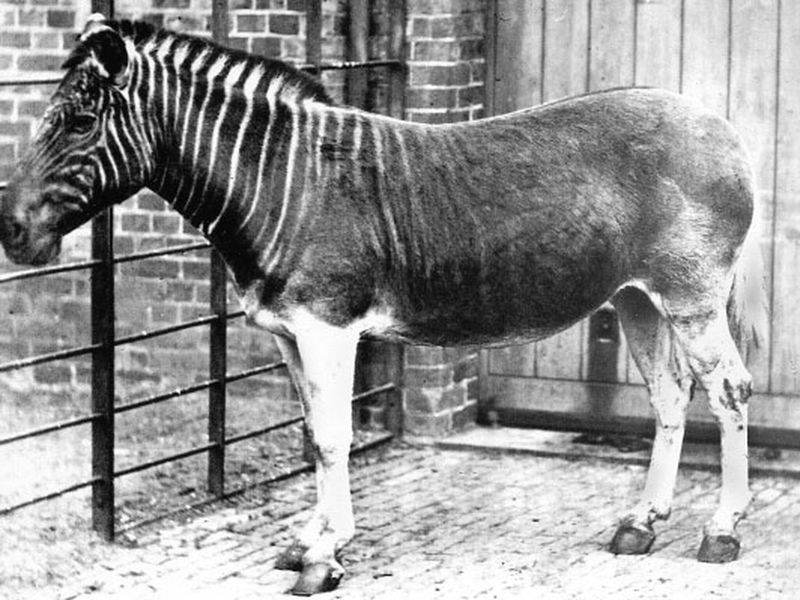
At first glance, you might think someone had started painting a zebra but got bored halfway through! These unusual relatives of zebras had distinctive striping only on their front half, with plain brown hindquarters.
Native to South Africa, the last wild quagga was shot in the late 1870s. The final captive specimen died at Amsterdam Zoo in 1883, before scientists realized they were distinct from other zebras.
11. Dire Wolves: More Than Fantasy
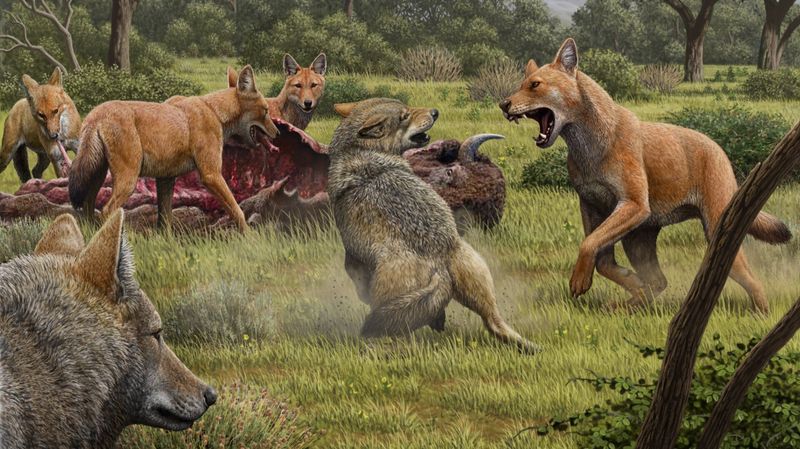
Long before they appeared in Game of Thrones, real dire wolves hunted across North America until about 13,000 years ago. Stockier than modern wolves, they specialized in taking down large Ice Age mammals.
Over 4,000 specimens have been recovered from the La Brea Tar Pits alone. Recent DNA studies revealed they were not actually wolves at all but the last members of an ancient canid lineage.
12. The Mysterious Baiji Dolphin
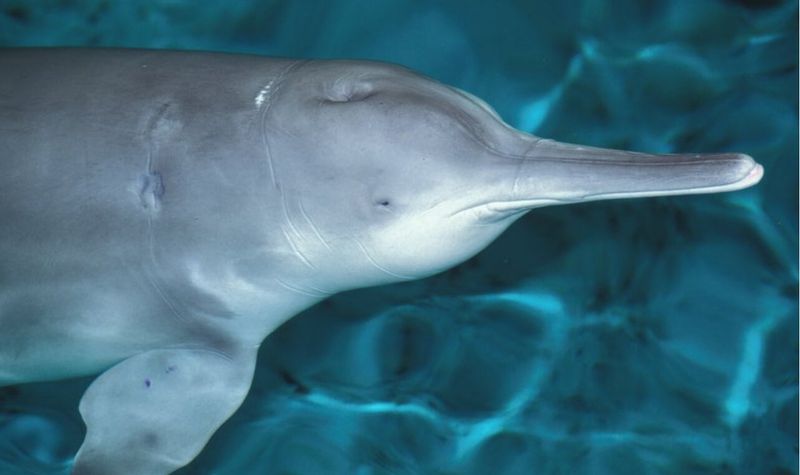
Known as the “Goddess of the Yangtze,” these unique freshwater dolphins navigated China’s murky rivers using sonar instead of sight. Their tiny eyes could barely see, while their long, narrow beaks helped them catch fish in muddy waters.
Declared functionally extinct in 2006 after an extensive survey found none, they represent the first dolphin species eliminated by human activities.
13. The Irish Elk’s Magnificent Crown

Nothing could prepare early fossil hunters for the sheer size of these antlers—spanning up to 12 feet across! Despite the name, these giants weren’t true elk and lived across Europe, not just Ireland.
Males grew new antlers annually, requiring massive amounts of calcium and phosphorus. Some scientists believe this evolutionary “arms race” for impressive headgear contributed to their extinction around 7,700 years ago.
14. Huia Birds: New Zealand’s Lost Treasure
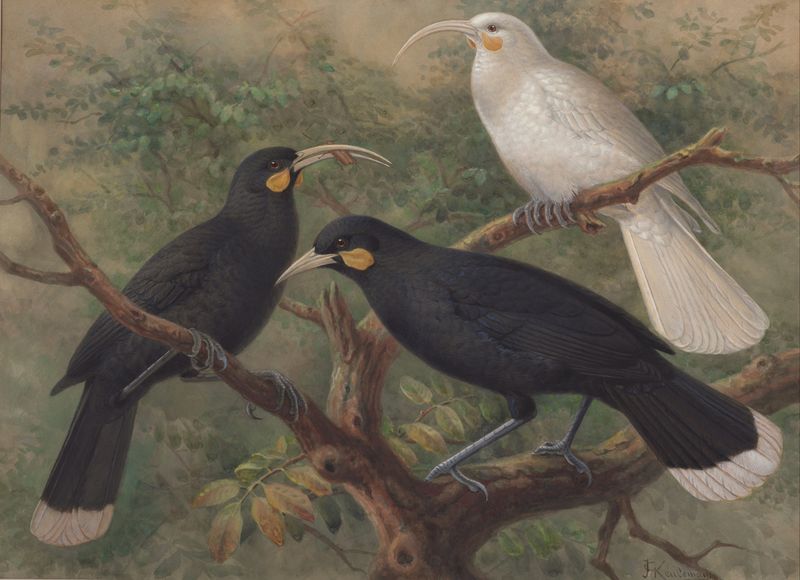
Nowhere else in nature did males and females look so dramatically different. Female huias had long, curved beaks for extracting grubs from trees, while males had short, straight beaks for chipping away bark.
Their beautiful tail feathers became fashionable after Duke of York (later King George V) wore one in his hat in 1901. This fashion trend accelerated their extinction, with the last confirmed sighting in 1907.






